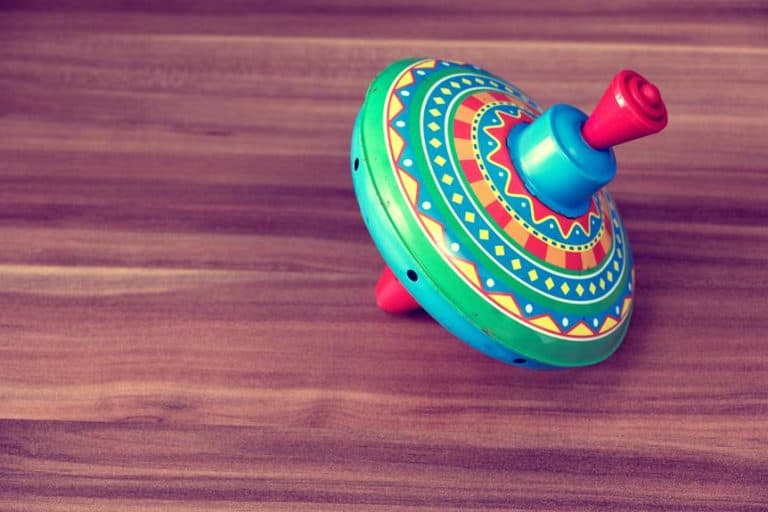Internal Monologue Adhd
As I navigate the maze of my thoughts, I often find myself lost in a whirlwind of internal chatter that seems to have a life of its own. The constant stream of words, ideas, and distractions can be overwhelming, making it challenging to maintain focus and clarity.
But what if there are ways to control this chaos and harness its potential for productivity and creativity? Join me as we explore the intricate relationship between internal monologue and ADHD, uncovering strategies to quiet the mind and release the power of concentration and self-regulation in individuals with this condition.
Key Takeaways
- Complex interplay of hyperactive inner voices and racing thoughts in ADHD
- Disruption of executive functions and decision-making processes
- Challenges in emotional regulation and maintaining focus
- Importance of developing strategies to mitigate internal dialogue impact
Understanding Internal Monologue in ADHD

Understanding the intricacies of internal monologue in ADHD reveals a complex interplay of hyperactive inner voices and racing thoughts that profoundly impact cognitive coherence. In individuals with ADHD, the constant stream of thoughts and inner voice can disrupt executive functions and decision-making processes. The inner voice in ADHD often veers off track, leading to difficulties in emotional regulation and maintaining focus on tasks. This heightened internal dialogue can make it challenging to filter out irrelevant information, resulting in a struggle to prioritize and organize thoughts effectively.
Additionally, the unique brain structures in individuals with ADHD, characterized by an abundance of dopamine receptors, contribute to the intensity of their internal monologue. This constant chatter can both enhance creativity and hinder concentration, depending on the context. To manage this internal dialogue, strategies such as mindfulness, cognitive behavioral therapy, and externalizing thoughts can be beneficial in helping individuals with ADHD navigate their stream of consciousness more effectively.
Impact of Internal Dialogue on Focus

Exploring the impact of internal dialogue on focus in individuals with ADHD requires a nuanced understanding of how hyper self-talk and racing thoughts influence their ability to concentrate on tasks. The inner cognitive processes can be overwhelming, making it challenging to filter through information and make sense of experiences. When dealing with ADHD, the internal monologue can greatly disrupt the processing of external stimuli, leading to difficulties in maintaining focus.
- Constant Inner Chatter: The internal monologue can drown out external cues, making it hard to prioritize tasks and stay focused on one thing at a time.
- Racing Thoughts: The rapid flow of thoughts can derail concentration, causing individuals to jump between ideas and lose track of the main task.
- Information Overload: Processing multiple streams of information simultaneously can overwhelm cognitive resources, hindering the ability to complete activities efficiently.
Understanding how internal dialogue affects focus is essential in developing effective strategies to mitigate its impact on individuals with ADHD.
Coping With Internal Monologue Challenges

Handling the challenges posed by internal monologue in individuals with ADHD requires a multifaceted approach that incorporates mindfulness, cognitive-behavioral strategies, and external aids for managing overwhelming thoughts.
The constant inner conversation can make processing information and focusing a challenging task for those with ADHD. Utilizing coping strategies such as structuring ideas, practicing mindfulness, and externalizing thoughts through writing or visual aids can help individuals with ADHD navigate their internal monologue more effectively.
Additionally, medication can play an essential role in reducing background chatter and improving concentration levels. Implementing healthy distractions and techniques like note-taking can redirect overwhelming thoughts to more productive topics, enhancing cognitive abilities and self-regulation.
Cognitive-behavioral therapy (CBT) stands out as a proven method for controlling the internal monologue, improving coping skills, and fostering better management of overwhelming thoughts in individuals with ADHD. Through a combination of these strategies, individuals with ADHD can develop valuable tools to better manage their internal dialogue and enhance their overall well-being.
Techniques to Manage ADHD Internal Monologue

Managing the internal monologue in individuals with ADHD requires a combination of mindfulness techniques, cognitive-behavioral strategies, and external aids to foster better focus and self-regulation.
- Mindfulness and Meditation: Engaging in mindfulness practices can help individuals with ADHD become more aware of their inner monologue, allowing them to observe their thoughts without judgment and redirect their focus when distractions arise.
- Cognitive Behavioral Therapy (CBT): CBT is an effective tool for individuals with ADHD to modify negative thought patterns and improve their ability to maintain attention on specific tasks, influencing their internal dialogue positively.
- External Aids and Structured Organization: Utilizing external cues such as writing or visual aids can assist in organizing the stream of consciousness that often overwhelms people with ADHD, helping them structure their thoughts and manage their internal dialogue more effectively.
Quieting the Mind: ADHD Strategies

In the quest to calm the mind and navigate the challenges of ADHD, individuals often find solace in adopting strategic approaches that promote focus and mental clarity. Those with ADHD often experience a constant internal conversation that can make concentration difficult. By implementing techniques such as mindfulness, cognitive behavioral therapy, and externalizing thoughts, individuals can better manage their internal monologue. Essential cues, medication, and healthy distractions play an important role in reducing background chatter and improving concentration for those with ADHD.
Structuring ideas, enhancing focus, and practicing self-regulation are key strategies in managing the internal monologue for individuals with ADHD. Additionally, techniques like speaking out loud, note-taking, and collaborating with others can help individuals stay organized and maintain focus. By incorporating these strategies into daily routines, individuals with ADHD can work towards a quieter mind and improved concentration levels.
Frequently Asked Questions
Does Inner Speech Has Any Connection With Adhd?
Inner speech is deeply connected to ADHD. Brain activity, cognitive function, mental focus, attention span, and neurological processes are all affected. Understanding this link is essential for addressing executive function, neurodiversity research, and behavioral patterns in ADHD.
Why Do I Have a Constant Inner Monologue?
Having a constant inner monologue helps me process thoughts, make decisions, and understand emotions. It serves as my mental companion, guiding me through daily challenges. This ongoing dialogue is essential for my cognitive functioning.
Does ADHD Cause Voices in Your Head?
ADHD does not cause distinct voices in your head. However, it can lead to cognitive overload, impacting executive function and attention span. Medication, neurological differences, and impulsivity control play roles in managing ADHD symptoms.
Does ADHD Cause Self Talking?
Yes, ADHD can cause excessive self-talking due to difficulties in controlling thoughts. This affects focus and daily tasks. Therapies like mindfulness and cognitive-behavioral techniques help manage this. Strategies improve cognitive function and emotional regulation.
Conclusion
To sum up, managing internal monologue in ADHD is like taming a wild beast within your mind. With focus and determination, one can conquer the chaos and harness the creativity that comes with it.
By utilizing strategies like mindfulness and cognitive-behavioral therapy, individuals can quiet the storm of racing thoughts and enhance their overall well-being.
Embrace the challenge, take control, and watch your inner dialogue transform into a powerful tool for success.







